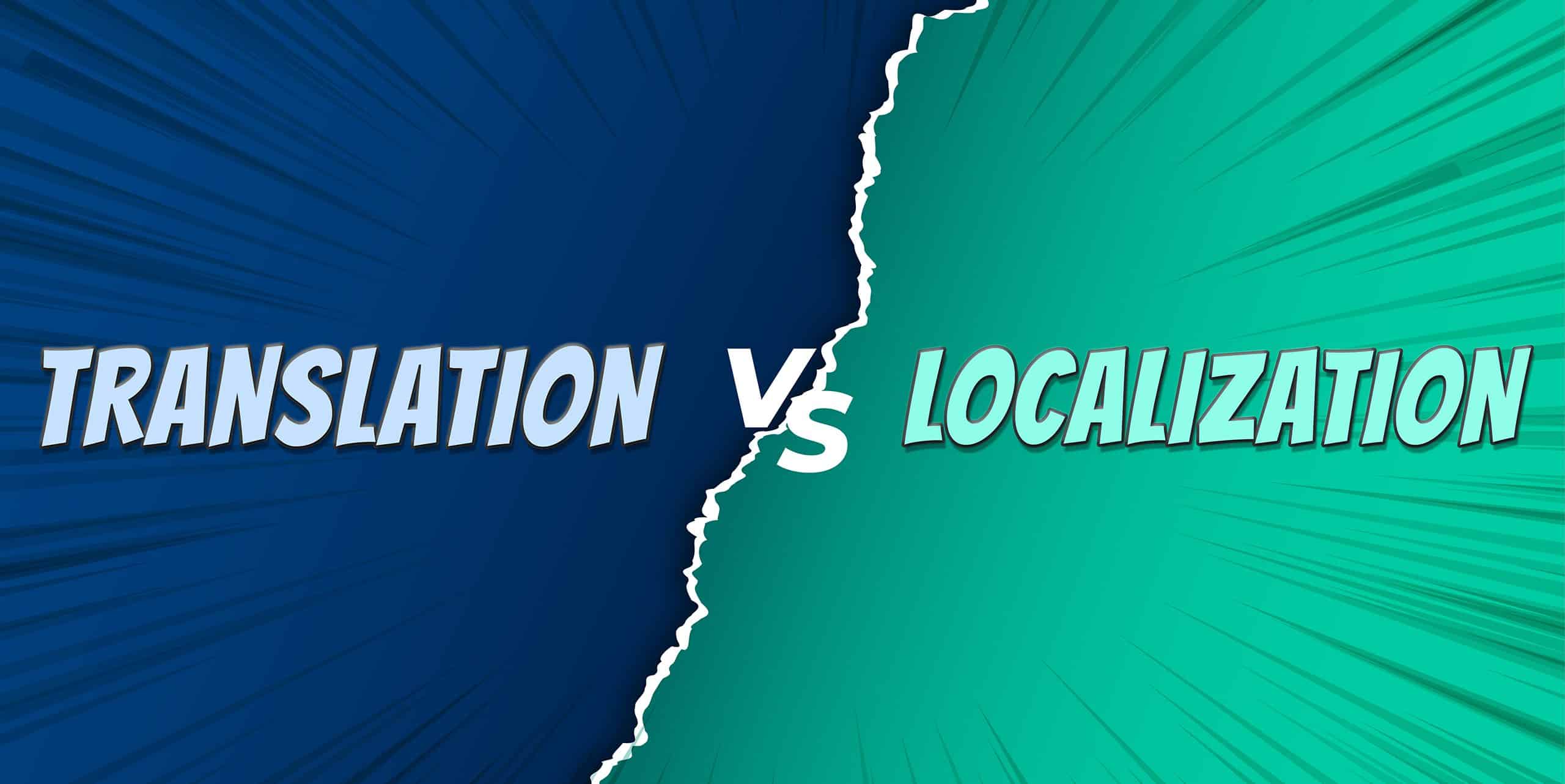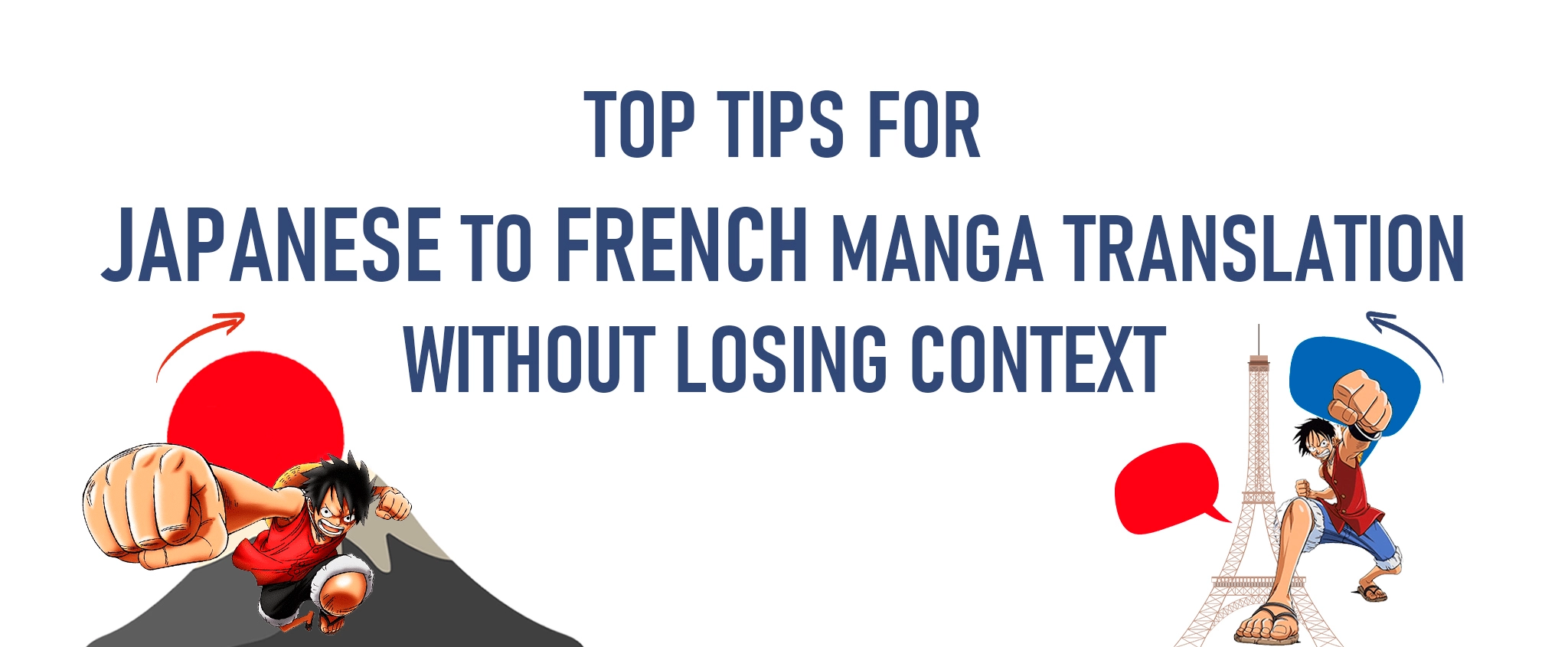The Difference Between Translation And Localization
In the age of globalization and the internet, being able to communicate with various target audiences has become an integral part of businesses. Intensification of global interconnectedness through the ease of travel, social media, and other digital platforms has presented immense opportunities to small or huge organizations. Despite translation being almost as old as civilization itself, having been carried out as early as 2000 BC during the Mesopotamian era when a Sumerian poem was translated into Asian languages, it has never been less valuable to contemporary society. Modern business is only as good as its presence and accessibility, and presence and accessibility necessitate multilingual communication, and, consequently, translation.
Understanding its necessity, however, is insufficient. It is equally important to know what strategies to use to efficiently and effectively reach your intended target consumer or business. Which countries are you looking to target? Which languages do you need? Translation VS localization?
Translation VS Localization
Many businesses and individuals are baffled by the difference between translation and localization. First, let’s try to define them. The translation is, according to Merriam Webster Dictionary, a rendering from one language to another, or the product of such a rendering. On the other hand, localization comes from the transitive verb localize which means to make local, that is to orient something towards a particular place, a part of a whole, not widespread or general. In the translation world, these terms are used somewhat interchangeably, understandably so because localization is a translation; however, translation is not necessarily localization.
Drawing the line
Given the above definition, one can say that translation is the bigger umbrella and localization falls underneath it. The standard requirement of translation is sensibly converting the texts word-for-word into another language, which is more often than not sufficient for technical texts: manuals, news, scientific journals and literature, medical documents, corpus (big data for machine learning) translations, and software content. Translators for these kinds of literature need to stay loyal to the text and find the closest equivalent terms, so as to retain the meaning in the original language as much as possible.
In contrast, localization does not necessarily adhere to this rule and goes beyond mere translation; it focuses on adapting your content into a particular audience’s culture, belief systems, language syntax, idioms, denotations, and connotations. This means that even though English is the official language of Australia, the United States, or England, one must provide different content for each country considering their differing cultural backgrounds and experiences, to appeal to each audience more directly and successfully. Localization is a must for translation of fiction and creative or literary nonfiction, websites, social media content, games, comics, articles, and marketing materials. The more targeted and creative the content, the more localization becomes necessary.
Understanding your goals
Now that you know the difference between translation and localization, it is time to determine your targets. Understanding your goals will help you determine which content you need translating and which translation strategy suits you best. Through this, you will increase your chances of audience engagement and make the most out of your multilingual translation and localization marketing and business expansion investments.
Here’re some classic examples of big brands’ gaffes highlighting the importance of proper translation and localization for all markets and industries.
With its more than 10 years of experience in professional translation and localization of news, blogs, books, websites, games, corpus, and manga or comics translation and headquarters in Southeast Asia, East Asia, and West Asia/Europe, CCCI will help you determine what’s best for you and achieve your business goals. Contact us for a free consultation and quotation today.
Check also – translation and localization trends for 2022, press release translation, and introduction to Android/IOS mobile app localization.






